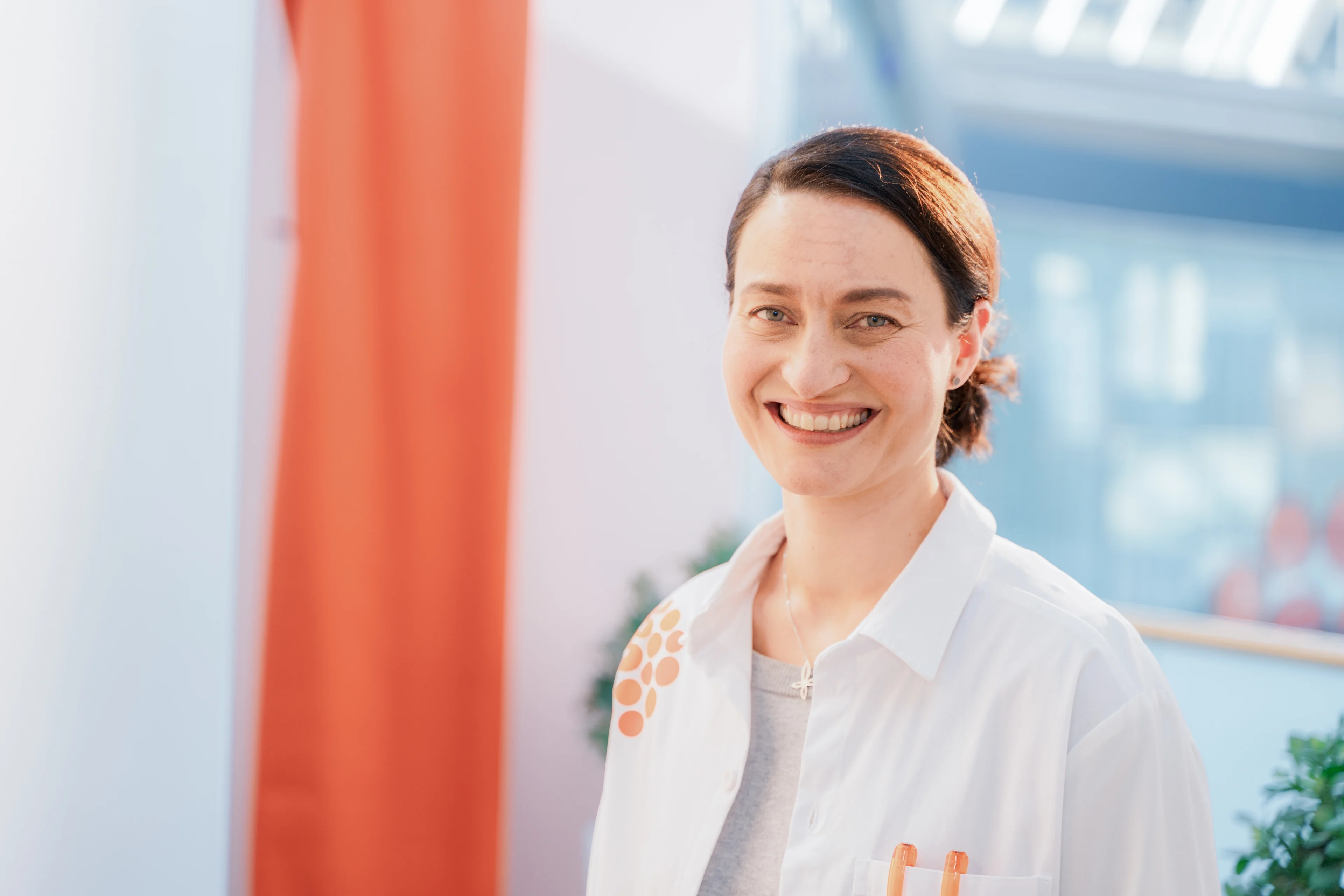
Article
Micro breaks support efficiency and occupational wellbeing
Working life requires continuous focus and efficiency, but without sufficient recovery, stress will increase and performance decrease. According to research, even shorter breaks during the working day may reduce blood pressure, lower the amount of stress hormones in the body and improve cognitive performance. The larger the work load and rush, the more important micro breaks are.
A micro break is a short break lasting from 30 seconds to a few minutes that can be implemented at the workstation during work. According to research, it is good to take several short breaks during the working day or work shift. A micro break can be, for example, a breathing exercise, stretching, looking out the window or a short walk.
How do micro breaks benefit the organisation?
1. Improved efficiency and focus
Regular breaks improve the functioning of the brain and help retain focus throughout the day. Employees’ alertness will also reduce the number of errors.
2. Reduced stress and improved recovery
Micro breaks help lower stress levels and prevent exhaustion. They support recovery already during the working day, which improves coping in the long term.
3. Prevention of musculoskeletal problems
Particularly in sedentary work, the one-sided positions may cause muscle tension and pain. Recovery exercise, i.e. quick movement done at work, may reduce fatigue and strain as well as balance the stress created by work.
4. Reduced absences
Regular breaks at work reduce physical and mental stress, which helps prevent occupational diseases, such as musculoskeletal problems and stress-induced symptoms. When employees are alert, they retain their working ability for longer and absences are reduced.
Micro breaks as part of your company’s daily routine
A short break to recover from work can last for just a brief moment. It can be implemented in many ways.
A micro break can be a calming breathing exercise, stretching or an active movement or walk that raises energy levels. It can also be a social moment, such as a short chat with a coworker.
The most important thing is to find the methods that suit you and the work community and that support recovery and provide energy during the working day.
To establish micro breaks as part of the work community, we recommend planning their implementation as part of the working day.
Schedule: Schedule micro breaks in the calendar once every 30 to 60 minutes.
Reminders: Use apps or timers to remind you of breaks.
Encourage: Create a culture in which micro breaks are part of the daily routine.
You can also distribute Pihlajalinna’s Micro Break guide to your employees. The guide has practical example exercises.
Do you want to develop occupational wellbeing in your organisation?
Pihlajalinna knows work and employees – we understand how various work environments and tasks impact wellbeing. Pihlajalinna Occupational Health’s specialists help you design solutions that support your employees’ coping and wellbeing. Contact us, and let’s build a healthy work community together!
Request an offer on occupational health services
Would you like to hear how we can support the wellbeing of your work community?
Let's build an occupational health solution together that supports both body and mind.





